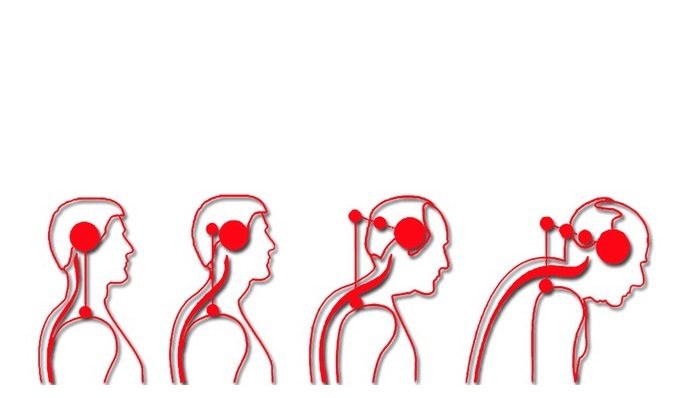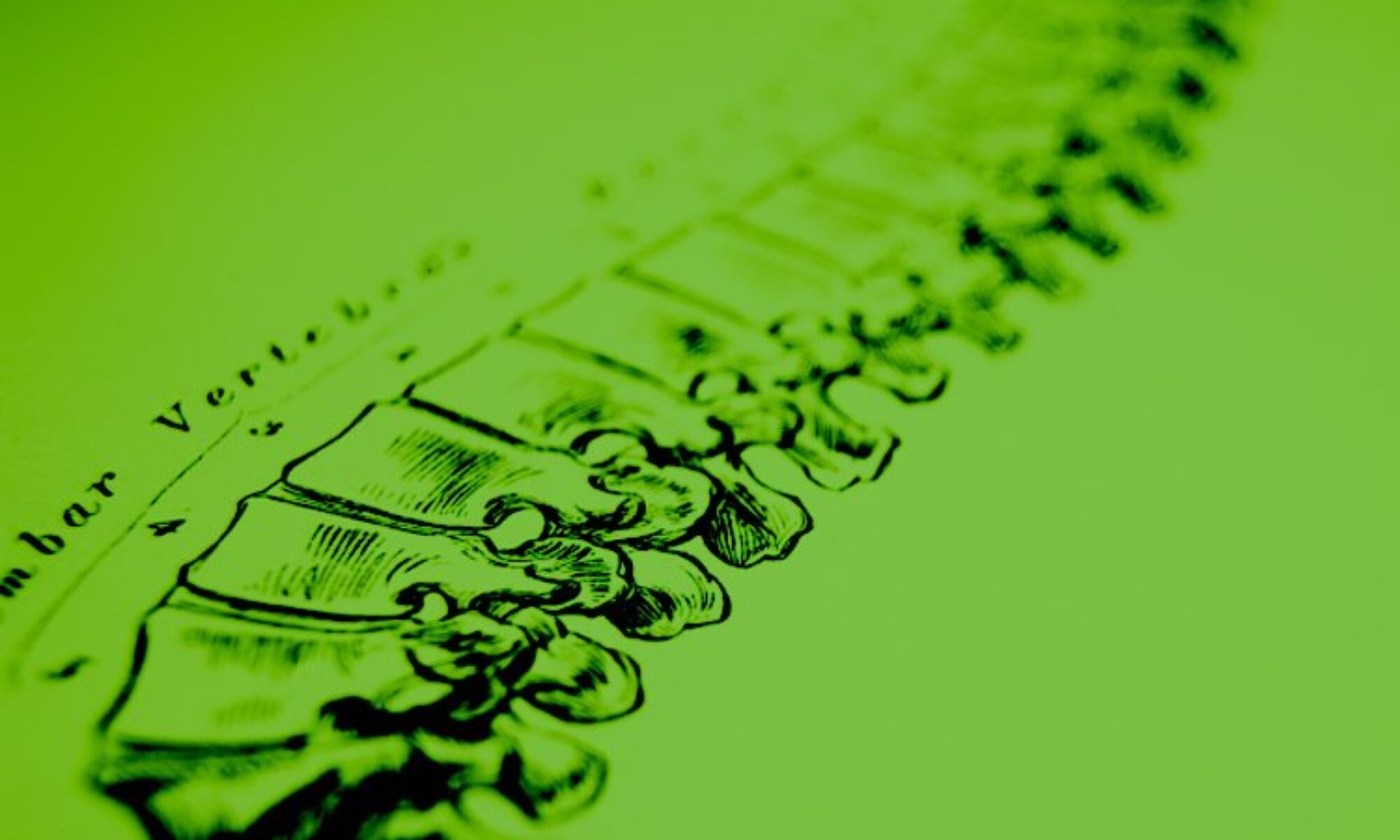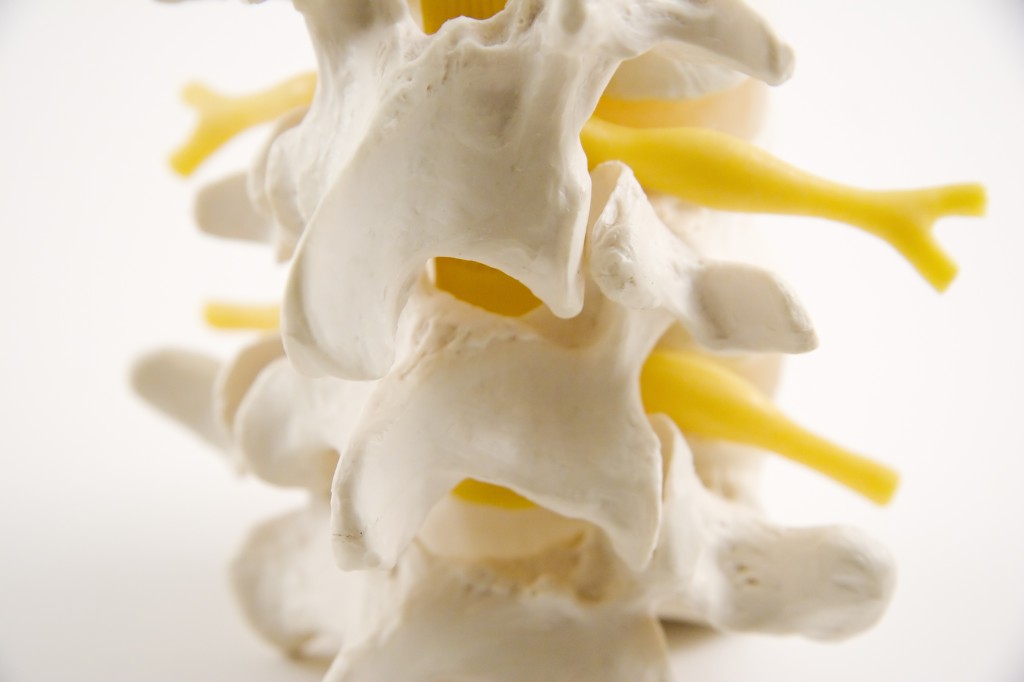
Our body is an architectural masterpiece – designed to do extraordinary things when functioning optimally. As a Structural Chiropractor, my focus is on the design of your spine. When the spine’s structure matches the blue prints from your DNA, then it is designed to handle the stresses of gravity and a healthy level of activity. However, when the spine loses its proper structure, then those stressors (gravity and activity) can suddenly reveal its weakness. In this post, we’ll focus on the cervical spine (your neck).
Structure Determines Function
The presence of a curve in your neck allows for smoother motion of each of your neck vertebra. It also plays a key role in distributing force throughout the discs of the cervical spine. In essence, a C-shaped curve in the neck can and will prevent early breakdown and degeneration of your spinal joints. As the discs and joints begin to breakdown, it can create the environment for inflammation to build up around the nerves, or even lead to disc protrusions and disc bulges.
When the head shifts forward, it causes the shoulders and thoracic spine to round. When left there over time, the facet joints of the neck stop moving smoothly and lock the head in that forward position. This shifting of the spine can also advance the age of your spine through degeneration. However, when this head forward movement is corrected, the rest of the spine will often shift back into a normal position again and reduce the rounding on its own.
How Do We Correct This?
Postural corrective exercises can be performed to strengthen the upper back and neck. Massage therapy can be performed to address the muscular dysfunction and trigger points resulting from this shift. However, if the shifting of the spine is not addressed – then a correction will often not occur. In our office, we use specific adjustments to correct Structural Shifts allow your body to make Structural Corrections naturally and to the extent that is capable for you.





